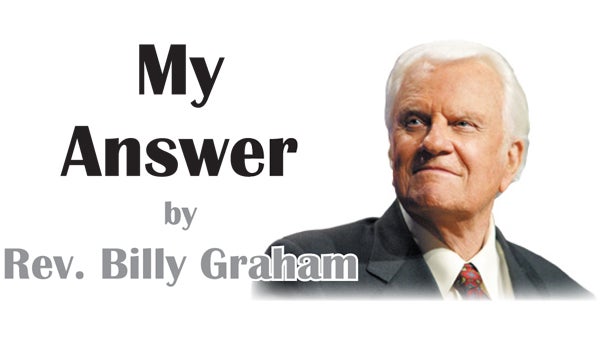Many factors must be considered regarding parking lots
Published 8:40 am Wednesday, May 24, 2017
Parking has become a common occurrence with almost any development these days. It is expected that a new development will want to build their own parking lot. Having parking extremely close to the building makes it convenient for customers to get in, get out, and go to their next destination very quickly. But the larger the parking lot, the more cost for construction, the less square footage of the lot could be used for buildings, and the more cost to deal with stormwater runoff.
From a city planning perspective, parking lots play an integral part, but they can also cause problems. With new federal and state standards and requirements, water runoff is a big issue. Additionally, the cost of construction for parking lots has increased as oil has increased.
The question becomes, should the city look at utilizing or implementing shared parking standards? This would allow businesses to utilize the parking spaces of another business if it’s during a time they won’t be using the parking lot.
Churches are an excellent example of this. If the peak parking lot usage for a church parking lot is Sunday morning and Wednesday evening, why not let another business use the parking lot Monday through Friday 8:00-5:00?
This brings about another question. Should large parking lots be limited? Over the past 5-10 years, many cities around the country have begun implementing parking maximums rather than parking minimums. These maximums limit the number of parking spaces a parking lot can have. It is an attempt to decrease developer costs and mitigate high impacts on stormwater runoff and heat zones for cities. Smaller parking lots also can make a community more attractive by not having a large black lake along the highway as cars drive by. Parking maximums allow a developer to construct a parking lot with a maximum number of spaces per square foot of the building, thus limiting the maximum size of the lot.
Parking maximums have seen some recent kick-back from retail businesses and developers who argue that by setting a maximum limit, it does not allow for a store to maximize the number of customers they could have. Rather customers may choose to go elsewhere because they are unable to find a parking space.
This brings us to our last question. Would it be more beneficial for the city to decrease its minimum sparking space requirement? Lowering the parking requirement would decrease costs for developers while also mitigating impacts of stormwater, heat islands, and aesthetics. It also allows the flexibility for retail stores to construct more parking if they feel it is necessary.
I believe a combination of lower minimum parking requirements and shared parking arrangements garner something as close as we can get to maximizing the positives while mitigating the negative aspects of parking lots. But this is where you come in. How do you think parking lots should be managed in the city?
Let’s talk about it!
Jon Hartman is Director of Planning & Economic Development for the City of Elizabethton. He can be contacted at jhartman@cityofelizabethton.org or by calling 423-542-1503.



